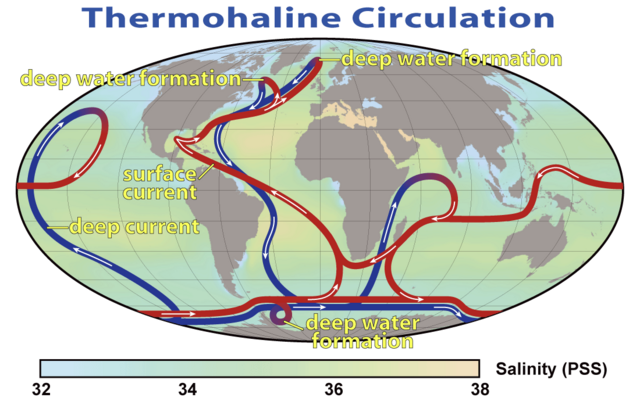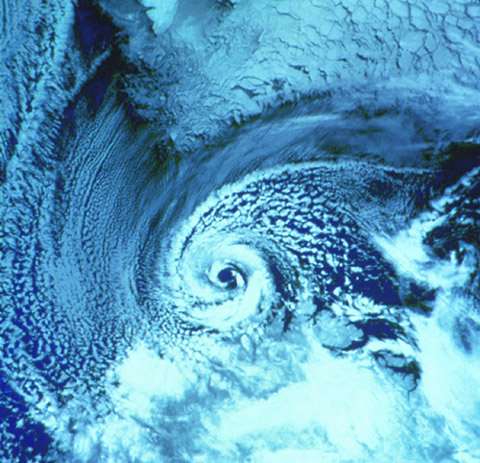- Jul 12, 2018
- 10,525
Autumn was now well underway throughout Europe, and soon winter would be upon the continent. With the past months having been some of the most economically stable and politically stable for quite some time, many people around the continent were starting to get more comfortable as they settled down and prepared for Christmas.
At the beginning of November, temperature data from the North Sea and Norwegian Sea would appear to be strangely low and stable. As the month of November went on, water temperatures in those parts of the Atlantic continued to get colder and colder. By November 15, the North Sea and Norwegian Sea were well below their normal temperature range. For example, surface seawater temperatures off the coast of the Faroe Islands would normally be anywhere from 10-12 degrees Celsius in mid-November. However, by November 15, measurements were reading 5 degrees or below. Temperatures of seawater around the Norwegian Island of Jan Mayen were at 1 degrees Celsius, while they would normally be about 3-4 degrees this time of year. Something also of note was that water temperatures in the Labrador Sea (off the coast of southern Greenland) were much warmer than they normally were, just as temperatures in the Norwegian and North Sea were much colder than normal. So far, temperatures off the coast of the Shetland Islands, Northern Scotland, and Norway appeared to be within normal ranges.
Any nation with scientists, ocean-based buoys, scientific research ships, or other scientific monitoring equipment in these areas would be able to detect these temperature anomalies. For anyone to possibly discern what the anomalies mean, however, they would first need to notice the data.
At the beginning of November, temperature data from the North Sea and Norwegian Sea would appear to be strangely low and stable. As the month of November went on, water temperatures in those parts of the Atlantic continued to get colder and colder. By November 15, the North Sea and Norwegian Sea were well below their normal temperature range. For example, surface seawater temperatures off the coast of the Faroe Islands would normally be anywhere from 10-12 degrees Celsius in mid-November. However, by November 15, measurements were reading 5 degrees or below. Temperatures of seawater around the Norwegian Island of Jan Mayen were at 1 degrees Celsius, while they would normally be about 3-4 degrees this time of year. Something also of note was that water temperatures in the Labrador Sea (off the coast of southern Greenland) were much warmer than they normally were, just as temperatures in the Norwegian and North Sea were much colder than normal. So far, temperatures off the coast of the Shetland Islands, Northern Scotland, and Norway appeared to be within normal ranges.
Any nation with scientists, ocean-based buoys, scientific research ships, or other scientific monitoring equipment in these areas would be able to detect these temperature anomalies. For anyone to possibly discern what the anomalies mean, however, they would first need to notice the data.











